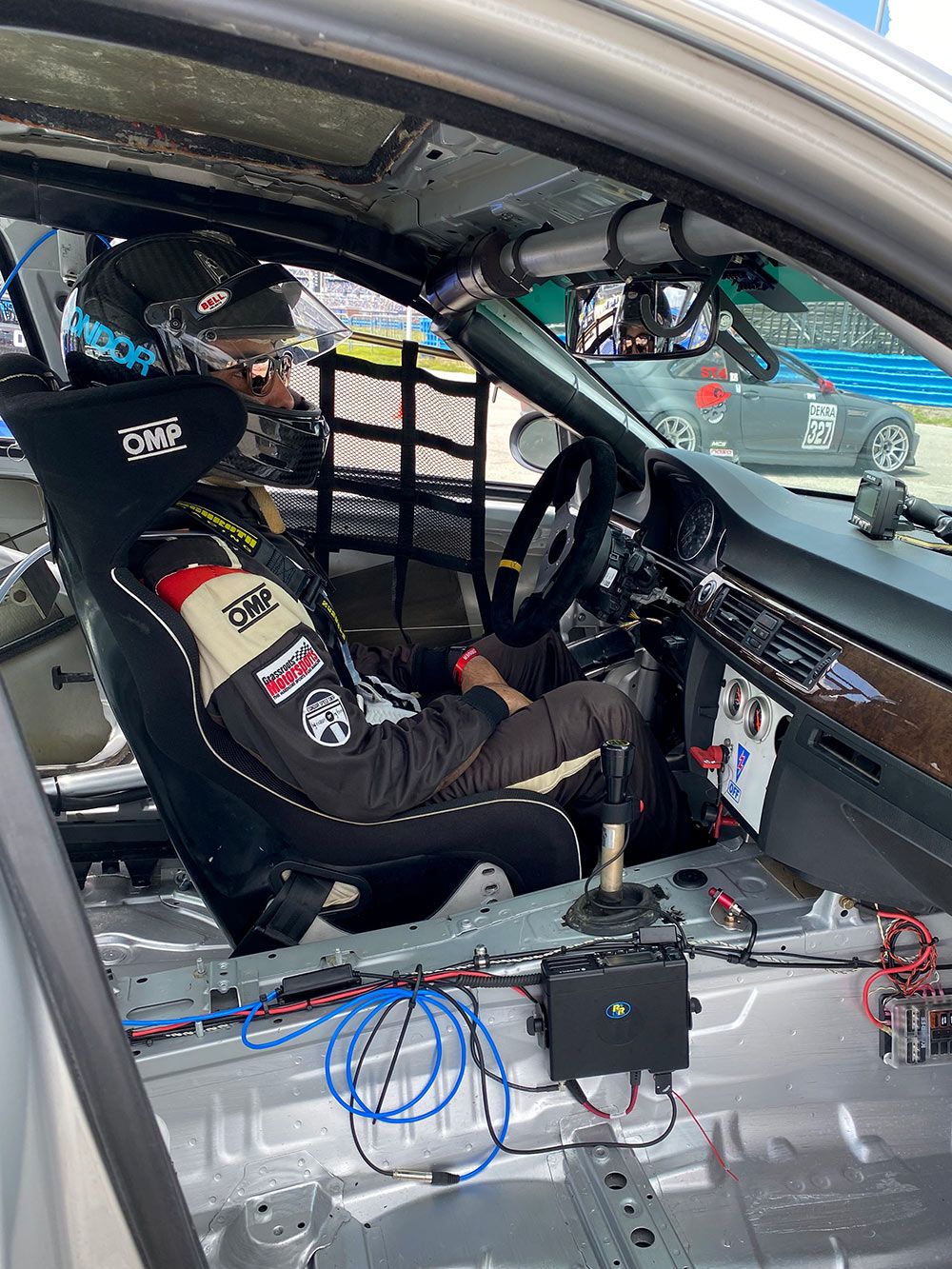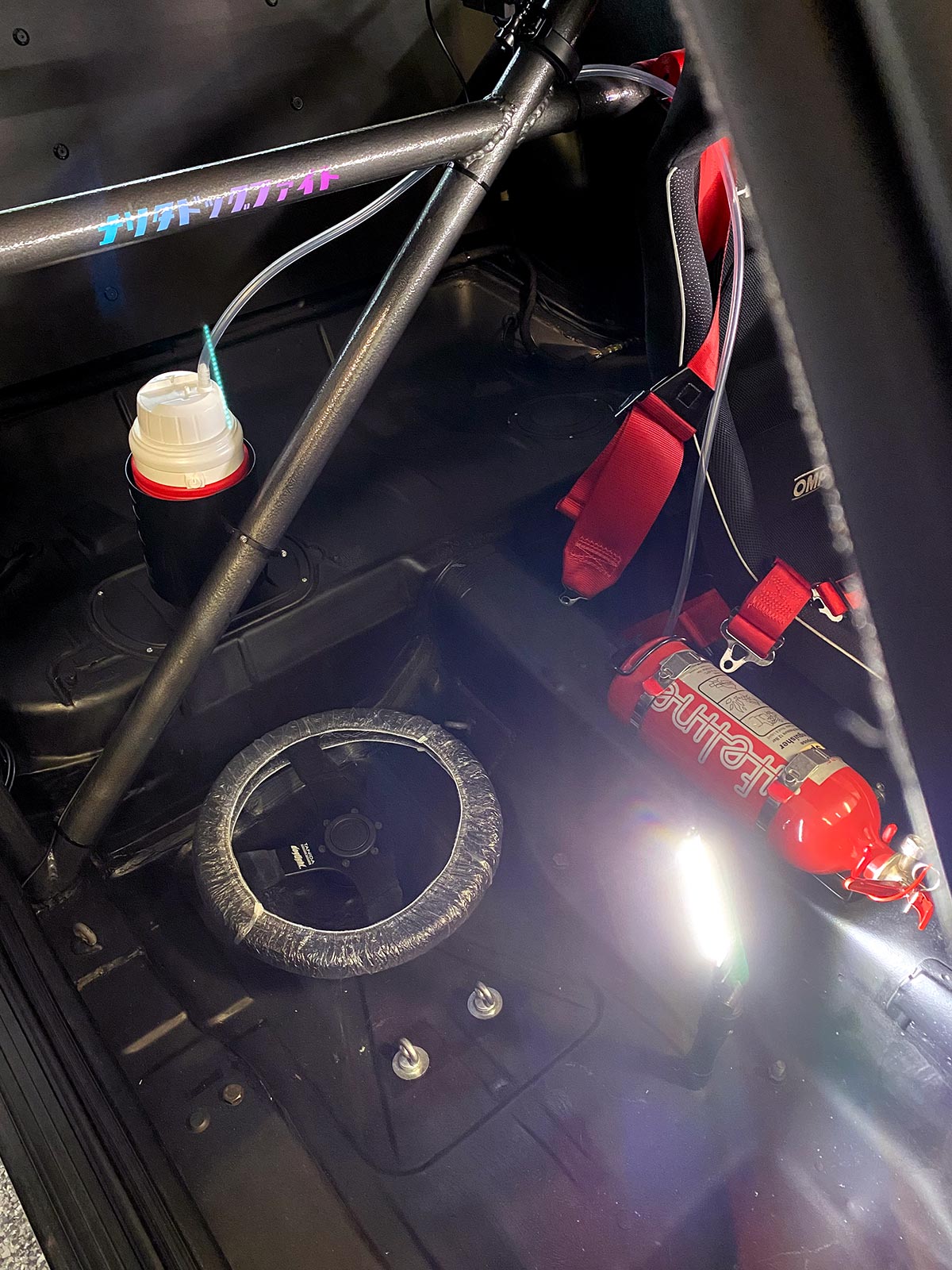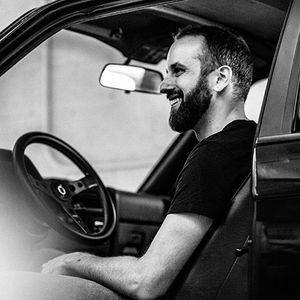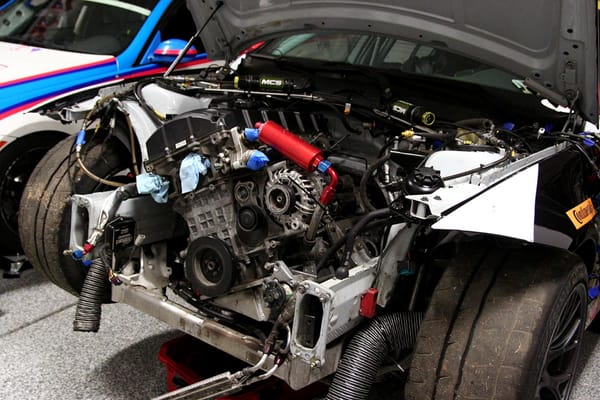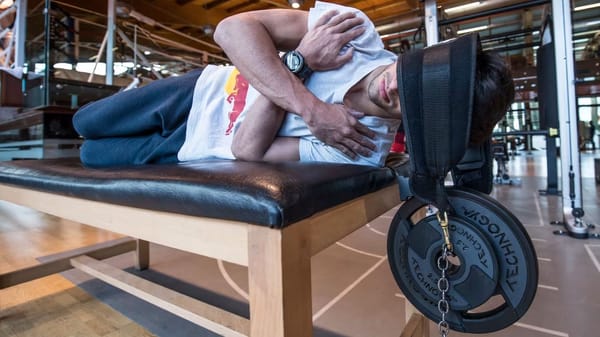Throughout our lives, we are taught (and regularly reminded) about hydration. The advice may have come from a chastising mother, a sports coach, or an event director reminding you drink a lot of water "because it's going to be hot at this track event in Florida in July" (duh). The thing is, much of the advice that we receive about hydration is overly generalized, has been refuted, or seems counter-intuitive.
Before we move on, please know that I am not a doctor, nutritionist, or any type of professional, and this is not medical or nutritional advice. You should consult with your doctor/physician, as well as do your own research. My only aim is to share my recent experience with de- and over- hydration, which lead me to research how I should actually be hydrating for track/race weekends.
Regardless of which sports supposedly have "real" athletes, anybody that has done so would agree that spiritedly driving any car, on any race track, for even 15-20 minute at a time, qualifies as strenuous activity. According to my Apple Watch (which isn't highly accurate, but it's something), I can burn upwards of 250-300 calories in a single 20 minute Time Trial session. Health and wellness must be taken seriously any time you are on the track, especially since many HPDE sessions can run over 30 minutes, and some endurance racers might run up to 120 minute stints.

So how did I get in this hydration situation?
The average track weekend that I attend begins a day or two before the event, by first driving or flying to the track. In both cases, the total travel time is usually 3-5+ hours. Whether consciously or not, I tend to drink far less water on travel days than I would on a normal day. Some factors that might lead to less drinking include being busy (loading, unloading), not having easy access to hydration, not wanting to stop driving, or not wanting to deal with rest stop/airplane/airport bathrooms.
In an effort to be my best* at the track, I made a concerted effort during the last two events I attended (Road Atlanta in June, and Charlotte Motor Speedway in July) to really focus on hydration. I was downing water bottles left and right. Thirsty or not, I was drinking. My pee was crystal clear (TMI). I thought I had nailed it.
* between traveling, eating out for every meal, exerting a lot of physical and mental effort while on track, having less and/or lower quality sleep, or having some social drinks in the evening; there are a lot of factors that can contribute to sub-optimal well being during track/race weekends.
To my great surprise, I felt worse.
After the first day at Road Atlanta, I had to go lay in my hotel room for 2 hours before I could muster the strength or desire to go get dinner, even though I had not ate lunch that day, and should have been starving. I was nauseated, bloated, cramping, had a headache, and just generally felt off. It was not at all pleasant.
Even though this episode lead me to do research on what exactly had happened to me that day, I was foolish enough to think I had not drank enough, despite my insane fluid intake. So I did the same thing, again, at Charlotte Motor Speedway a month later.
When it happened again, I really knew something was off.
My next event at CMS was a repeat of RA. Afterwards, I dove into research again. That's when I found LMNT's blog, specifically some posts that they have regarding over-hydration, including this one and this one. You should definitely read both, as well as check out LMNT's product. It's a powdered sodium (salt) supplement that you mix into water to help your body recoup the electrolytes that you sweat out. Think "sports drink" without the undesirable added sugar and dyes. (Note: I have absolutely no affiliation with LMNT, and I buy the product off Amazon at full price. These are not affiliate links.)
My research lead me to realize that I was drinking too much plain water, and reaching the early stages of hyponatremia (overconsumption of low-electrolyte fluids). Symptoms of mild to moderate hyponatremia can include:
- Headache
- Confusion
- Irritability
- Light sensitivity
- Vomiting
- Drowsiness
- Difficulty breathing
- Altered cognition
When hyponatremia gets severe, the symptoms can include dilated pupils, seizure, and coma.
These are obviously all things that we want to avoid when driving at high speeds and high g-loads!

What's more (and this is only my hypothesis), I believe that my water-full stomach and the associated bloating was keeping my appetite down. I wasn't hungry or eating as much as I should have been. My body needed more electrolytes in my fluids (raise blood sodium), and it needed more energy from food (raise blood sugar). Instead, I had continued to lower my blood-sodium by overconsuming plain water, and I did not eat at all because I was just so full of sloshy water.
While I had several undesirable symptoms in these situations, I am thankful that they weren't too bad, and I recovered relatively quickly. At RA, I was feeling pretty good again by the time I went to bed that night. Since CMS was an evening event, I went to bed when I got home and felt better in the morning, but not before I woke up to pee four times that night due to all the water I drank!
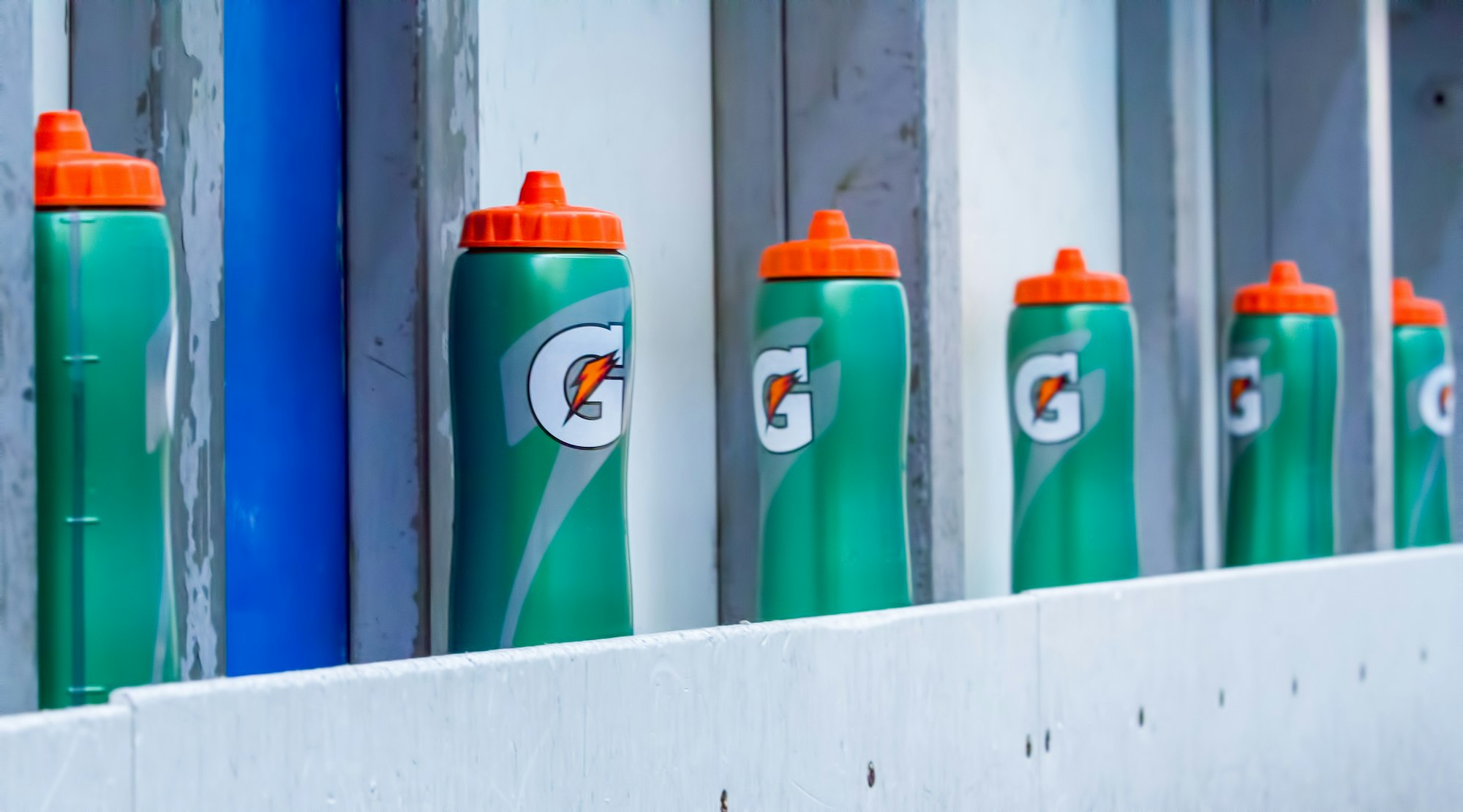
What now?
Based on my research, going forward I am going to follow the advise given by the experts at LMNT here and here. To quote the former:
Healthy hydration isn’t about drinking 8 glasses of water daily, but rather balancing fluid and electrolyte intakes to keep your body running smoothly.
- Dehydration gets blamed for many problems, but the bigger problem is drinking too much water.
- Overwatering dilutes sodium levels, resulting in headaches, cramps, fatigue, or worse.
- To prevent low sodium, drink to thirst and consume 5 to 7 grams of sodium per day.
- Sugar can help you absorb sodium and fluids, but it’s not essential for hydration.
- To meet your potassium and magnesium needs, eat a plant-rich diet.
When it comes to hydration, water alone doesn’t cut it. You need electrolytes.
While it's true that you are already slightly dehydrated by the time your body tells you that you're thirsty, mild dehydration is not as dangerous as you may have been lead to believe. Listen to your body, and drink to thirst. Meaning, if you are thirsty during/after your track session, then sip electrolyte water. When your thirst subsides, you are good to go. To quote LMNT one last time:
Drinking to thirst won’t always prevent dehydration. But some level of dehydration during sweaty activities is normal. And eventually, thirst will bring you back to homeostasis.
At the track, I am thirstiest immediately after a session, often realizing that I'm parched as soon as I start my cool down lap and the adrenaline starts to subside. Completing a cool down lap, driving through the paddock, parking the car, and taking my gear off can easily take over 5 minutes. If I have to go through Time Trial impound, that can take an additional 10-20 minutes. As such, I've installed a drink bottle in both of my cars, so that I can start sipping electrolyte water as soon as it's safe during my cool down lap. Taking some nice cold sips before even getting back to the paddock is a treat.
Hopefully you will find this information helpful, and give LMNT or another electrolyte drink mix a try. I've already been applying the knowledge above to my workouts, bike rides, and most importantly my track sessions. Now if I could just eat home-cooked meals and sleep in my own bed every night while racing . . .
